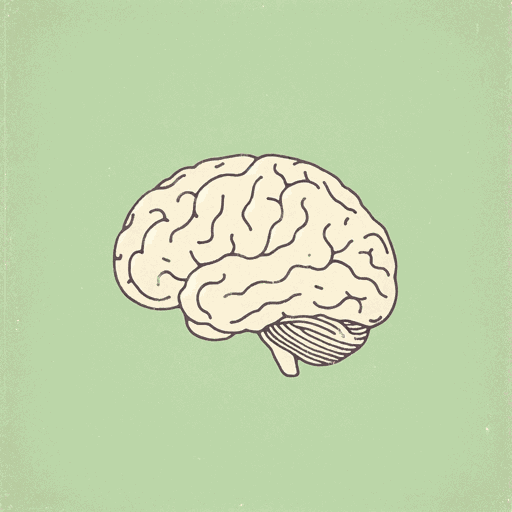67 pages • 2 hours read
Oliver SacksThe Man Who Mistook His Wife for a Hat
Nonfiction | Book | Adult | Published in 1985A modern alternative to SparkNotes and CliffsNotes, SuperSummary offers high-quality Study Guides with detailed chapter summaries and analysis of major themes, characters, and more.
Part 1, Chapters 1-9Chapter Summaries & Analyses
Part 1: “Losses”
Part 1, Introduction Summary
Sacks summarizes the history of neurology, including both its achievements and shortcomings. In the early 20th century, Alexander Romanovich (A. R.) Luria developed the field of modern neuropsychology, publishing two books—Higher Cortical Functions in Man (1962) and The Man with a Shattered World: The History of a Brain Wound (1972). Both books focus on damage to the brain’s left hemisphere, which is responsible for schematics and programs, including language, speech, number and scientific skills, reasoning, and control of the body’s right side. Damage to this hemisphere is easier for doctors to detect. Conversely, damage to the brain’s right hemisphere, called the minor hemisphere, can be more peculiar and harder to understand. People with syndromes in the right hemisphere are often unaware that anything has happened. Although right hemisphere issues occur as frequently as those on the left, they are not as well documented, studied, or understood.
Sacks notes that the conditions caused by brain damage are not merely the result of “a lack.” He posits that the conditions also result from, to paraphrase Freud, the brain trying to compensate for that lack to preserve a sense of identity. The Man Who Mistook His Wife for a Hat focuses on case studies of individuals with right hemisphere syndromes who attempt to compensate for a lack of functionality.
Related Titles
By Oliver Sacks

An Anthropologist on Mars: Seven Paradoxical Tales
Oliver Sacks

Hallucinations
Oliver Sacks

Musicophilia: Tales of Music and the Brain
Oliver Sacks

On the Move: A Life
Oliver Sacks

Seeing Voices
Oliver Sacks

The River of Consciousness
Oliver Sacks

Uncle Tungsten
Oliver Sacks

